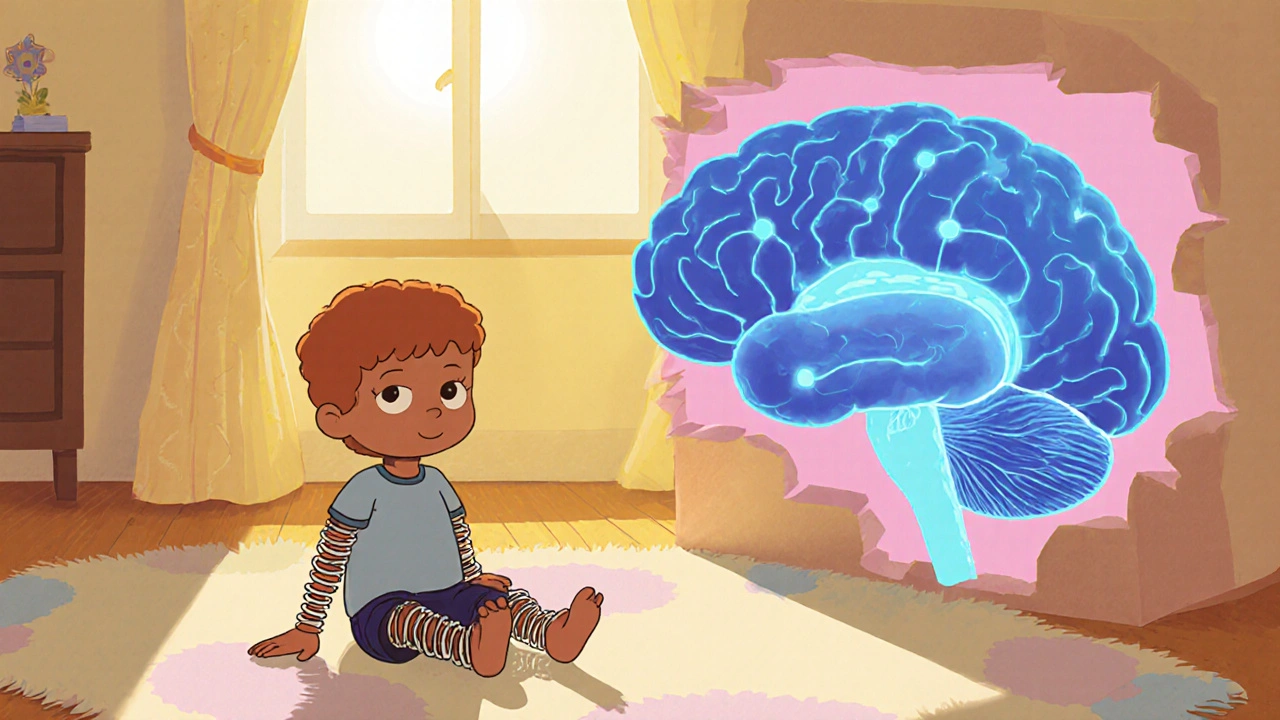Motor Dysfunction in ASD: Causes, Related Medications, and Management
When we talk about motor dysfunction in ASD, a common but often overlooked feature of autism spectrum disorder that impacts coordination, balance, and fine motor control. Also known as developmental coordination disorder in autism, it shows up as clumsy movements, trouble with handwriting, or delays in learning to ride a bike—things many assume are just "being awkward" but are actually neurological. This isn’t about laziness or lack of practice. Research shows over 80% of children with autism have some form of motor delay, and it often sticks into adulthood.
Motor dysfunction in ASD doesn’t happen alone. It’s tied to how the brain processes sensory input and plans movement. The cerebellum and basal ganglia—areas that help with timing and muscle control—often show structural differences in autistic individuals. This links directly to other conditions you might see in the posts below, like medication side effects, unintended physical impacts from drugs used to treat anxiety, seizures, or ADHD in autism. For example, some antipsychotics prescribed for irritability in ASD can cause tardive dyskinesia, a movement disorder that looks like involuntary twitching. Similarly, neurodevelopmental disorders, a group of conditions including autism, ADHD, and cerebral palsy that affect brain development and motor control often overlap, making it hard to tell if a movement issue comes from autism itself or another condition.
What does this mean for someone managing autism daily? It means therapy matters—physical therapy, occupational therapy, even structured play can rebuild motor skills. But it also means being aware of drugs that might make things worse. If someone’s walking becomes unsteady after starting a new medication, it’s not just coincidence. The posts here cover real cases: how medication side effects can mimic or worsen motor problems, how certain anticonvulsants affect coordination, and which alternatives exist. You’ll find comparisons between drugs used for epilepsy or mood disorders in autistic adults, and how their impact on movement can be the deciding factor in choosing one over another. This isn’t theoretical. It’s about daily life: buttoning a shirt, holding a cup, walking up stairs without tripping.
There’s no one-size-fits-all fix, but understanding the link between brain function, medication, and movement gives you real power. Whether you’re a parent, caregiver, or someone living with ASD, knowing what to watch for—and what treatments might help or hurt—makes all the difference. Below, you’ll find detailed guides on drugs that affect motor control, how to spot early signs of worsening movement, and what alternatives actually work without adding new problems.

How Spastic Muscle States Relate to Autism Spectrum Disorder
Explore the link between spastic muscle states and autism, covering prevalence, neurobiology, assessment tools, treatment options, and practical tips for families.
October 18 2025